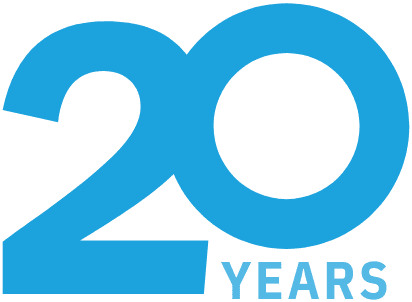Everyday employees throughout your company create hundreds of confidential documents that require disposal at some point in time – and how these documents are destroyed is crucial. Simply throwing customer or patient information into the recycling bin can lead to identity theft or fraud. Your data is also at risk of falling victim to corporate espionage when tossing old documents into the trash, which can result in lost revenue, loss of market share and a damaged reputation.
Whether your employees realize it or not, improper document disposal and destruction practices like these are putting your organization’s confidential data at risk for a serious information leak. Your company could also pay hefty fines imposed by Canada’s Personal Information Protection and Electronic Documents Act (PIPEDA) for failing to comply with privacy laws.
Sounds serious, doesn’t it? It certainly is. Instead of overlooking your workplace’s information security issues, impress your boss by taking the initiative to fix your current document security process with these five steps.
Step-by-step Instructions to Fix Your Document Security Process
Step 1: Review Your Current Document Destruction Process
Before you can improve your organization’s information destruction process, you must complete a thorough review to identify challenges and security gaps. If employees are unknowingly throwing sensitive materials into the recycling bin or your shredding process is inconvenient and time-consuming, these issues should be noted and addressed to avoid a privacy breach.
Step 2: Designate a Privacy Officer
All organizations must have at least one designated Privacy Officer to oversee company-wide compliance with information security policies and procedures or you could be subject to fines for non-compliance by PIPEDA. When appointing a Privacy Officer, ensure that this person’s job description includes responsibility for controlling personal information.
They should also:
- be a senior decision-maker;
- be able to intervene on privacy issues across the organization when necessary; and
- be able to allocate appropriate resources for implementing privacy policies, managing privacy risks and completing periodic assessments to comply with PIPEDA.
Step 3: Create a Document Destruction Policy
All businesses that collect personal information regarding clients, patients or employees must have an information destruction policy to remain compliant with PIPEDA. This formal, company-wide, written policy provides employees with specific directives of how and when to dispose of confidential information at the end of its lifecycle. Your policy may also contain what types of information must be destroyed.
Your document destruction policy should include the following components:
- Policy development, implementation and oversight
- Employee orientation and training
- Information destruction procedures
- Qualification and selection of an approved service provider
- Policy compliance
This resource provides more information and a timeline to get started.
Step 4: Train Employees on Proper Information Destruction Policies and Procedures
Once your information destruction policy has been formalized, the next step is to provide company-wide training to ensure all employees are aware of current document destruction policies and procedures. This initial training should be followed up with frequent reminders, regular communication and ongoing education to ensure continued compliance with information security directives. In doing so, your organization will create a culture of security where employees are empowered to make mindful decisions that minimize human error and identify potential risks before they happen.
Step 5: Plan Periodic Audits of Waste Systems
Schedule periodic audits of recycling bins and trash cans throughout your workplace to ensure that sensitive information is being properly disposed of 100% of the time. If your document disposal procedures are convenient and easy to follow and your employees receive regular training on information security protocols, there should be no surprises in your blue bins.
Did You Know…?
A Reputable Document Destruction Company Can Do This for You!
The easiest way to impress your boss is by selecting a reputable document destruction company that can improve your information security for you. Starting with a full review of your current process, a certified provider can create an information management strategy that includes a document destruction policy supported with employee training and regular audits. The right provider will also handle all aspects of your document shredding, from collection to secure on-site destruction and proper recycling.
To see how you can erase your information security and privacy compliance issues by selecting Blue-Pencil as your document destruction provider, watch this short video to learn more.

